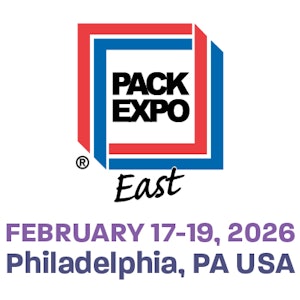NJM/CLI
Markem-Imaje
Garvey
Zebra Technologies
Alien Technology
Electronic Product Code Information System
Pantone Matching SystemSteven Label
A software-based system coupled with RFID technology helps Golden State Medical Supply gain a competitive edge in pharmaceutical distribution.

